Johns Elderberry Plant
Description
Larger berries on more vigorous plants. Fruit ripens about two weeks later than Adams. Carefree plants require little to no spraying. Green foliage has an appealing gloss to add landscape interest to this bush. Giant clusters of white flowers bloom in spring, becoming soft, nearly black berries in late summer. Both the elderflowers and the ripe elderberries are edible. Cold-hardy. Ripens in mid-August. Best pollinator: any other elderberry variety.
Note: Elderberries must be cooked before consumption. Consuming fresh elderberries can be toxic. Please ensure all berries are properly prepared before use.
Survival Guaranteed!


Since 1816, Stark Bro’s has promised to provide customers with the very best fruit trees and plants. It’s just that simple. If your trees or plants do not survive, please let us know within one year of delivery. We will send you a free one-time replacement, with a nominal shipping fee of $9.99. If the item in question is not available, we can issue a one-time credit to your account equaling the original product purchase price or issue you a refund. Read more about our warranty policy.
Characteristics
| Bloom Color | White |
| Fruit Color | Purple |
| Fruit Size | Medium - Large |
| Hardiness Zone Range | 3 - 9 |
| Pollination | Pollinator Required |
| Ripens/Harvest | Mid August |
| Shade/Sun | Partial Shade - Full Sun |
| Soil Composition | Loamy |
| Soil Moisture | Well Drained |
| Soil pH Level | 5.5 - 6.5 |
| Taste | Sweet |
| Texture | Firm, Juicy |
| Years to Bear | 2 - 3 |
Size & Spacing
Mature Size
Recommended Spacing
Zone Compatibility
Pollination
Tools & Supplies
Planting & Care
Learn all about how to grow elderberry plants in The Growing Guide. An entire section of our website dedicated to your growing success.
Shipping Information
Arrives when it's time to plant
Questions & Answers
If you drive up Hwy 198 in California you will see wild elderberry trees along the road. Behind the Kaweah Reservoir/Terminus dam is planted elderberry. trees/shrubs. They thought at one time the elderberry beetle was a threatened species so they did a mass planting. No management is done of the plantings. Elderberry does quite well in the San Joaquin Valley area. On my way home from work I would stop by a plant alongside the road and pick the berries for my chickens.
Mine was about 2 1/2 ' with a well-developed root system and stem. A vigorous, small plant.
Valerie, zone 7A
If you search elderberry bushes on THIS website, they will have compatible pollinators listed.
We have lot of deer and so far they have not bothered the elderberry bushes.
We appreciate you reaching out to us. The John's Elderberry is Sambucus canadensis, the American black elderberry.
If you have any further questions please don't hesitate to reach back out to us. Have a great day!
No, it is a bush. I planted mine last spring as a small 'stick' and it grew to about 6' tall and about 4' around in one season. Got berries last year as well.
Usually it is spring, before they leaf out. Once they do, you really risk damaging or killing the plant. I'd get it done the minute that the ground thaws
Yes they do we cut ours back some every year but they do spread out from the roots
For my plants, the first summer saw fast growth of branches up to about 4 feet. The second summer saw the production of many flower / fruit clusters and growth up to 6 and 7 feet tall.
Raw or dried elderberry fruits are toxic. Once they are cooked to produce a jam or syrup for example, those toxins get eliminated. Word of caution though: don't pick the berries until they are very ripe, otherwise they can be toxic even after being cooked.





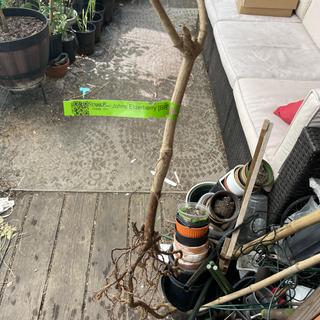
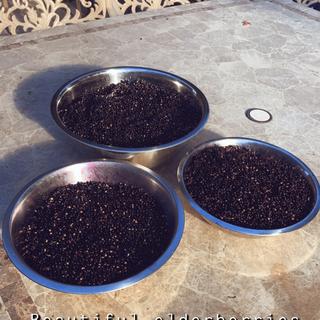
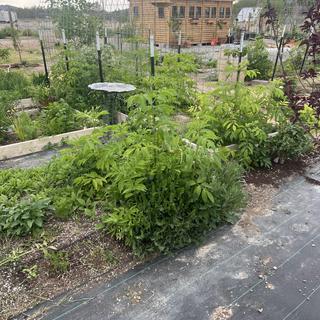
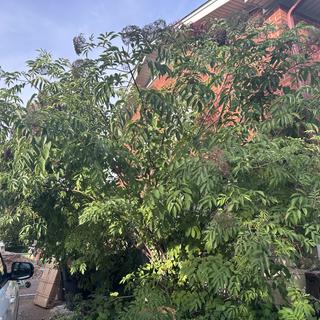
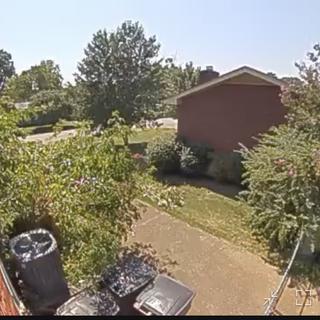
I wanted to add more elderberry trees to the property and this is a good size!
To pollinate the Adams Elderberry. Yay! On sale!
on sale
Wanted more varieties in my orchard.